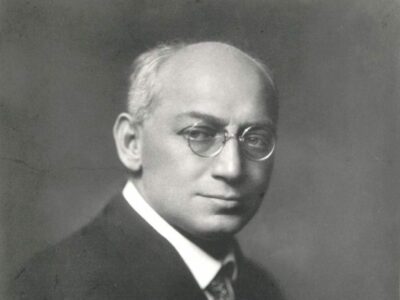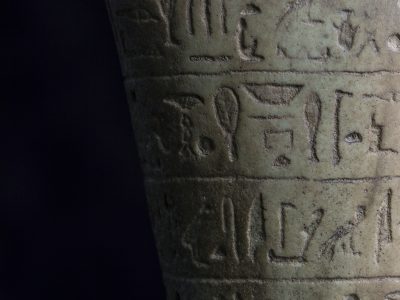
Katie Cuddon, Gingerbread, 2022 Ceramic, paint, wood, hooks Photo credit: John McKenzie
Sándor Ferenczi first mentioned the “wise baby” term in a brief reflection in 1923. Ferenczi liked to put his brief thoughts on paper and publish them, mainly in the Zeitschrift für Psychoanalyse. These were active and productive years in his life. In 1922 his German book of essays Populäre Vorträge über Psychoanalyse was published by him (Freud wrote a letter of congratulations to Ferenczi). Reviews were written on Freud’s new essays, such as on the Group Psychology and the Analysis of the Ego, Ferenczi hailed it as a major product of the new trend of ego psychology. In Vienna, still in 1922, he lectured English and American psychoanalysts on Freud’s metapsychology. In September 1922, the Berlin Psychoanalytic Congress was held, where Ferenczi spoke on his already forthcoming Theory of Genitality, Thalassa, which was to be published in two years. In 1923, Ferenczi read and discussed the manuscript of The Ego and the Id with Freud. Ferenczi’s authority in the movement was immense, and the third issue of the Zeitschrift in 1923, with a foreword by Freud, was dedicated to him as a birthday present.
The exact German title of this short article, which raised the idea of the wise baby, was in German as Der Traum vom ‘gelehrten Säugling’, i.e., it was still really about the ‘learned baby’. In the 1931 study Child-analysis in the analysis of adults, the name of the infant was again “gelehrten Säugling”, but two years later, the Clinical Diary of 7 April 1932 already spelled out the name ‘wise baby’ in English in the German text. Ferenczi referred back to his own 1923 paper at both places. But from a theoretical point of view, the concept had already been deepened considerably by then. The image of the wise infant was linked to trauma (not pleasure) and was said to be born in the cleavage of the self, not simply a strange dream, but a much deeper image that harbours an autosymbol with a narcissistic background.
Two comments are in order on the philological side of the 1923 text. First, the English translation is inaccurate at a very important point. The gentleman who, in English translation, says “ne’er-do-well, when he said, ‘If I had only understood how to make better use of the position of the baby'” is in German actually a Wüstling, i.e., leecher (debaucher, a kind of Casanova), a kind of Oedipal figure. The English word (the “ne’er-do-well” meaning lazy, irresponsible) used in the translation falsifies the text, it takes away the erotic, sexual edge of the remark. Another noteworthy in this case a Ferenczi misquotation: the wise child Ferenczi refers to from the Bible was not the young Mary, but the child Jesus arguing with the scribes.
Join the conversation!
You can submit your reflections using the form below.
We welcome reflections on:
- Ferenczi’s text
- Any of our featured responses.
Selected commentaries will be published on the Ferenczi Hub pages.
Antal Bókay, professor of modern literature and literary theory (Department of Modern Literature, University of Pécs), and co-founder and lecturer of the Psychoanalysis PhD. Programme at the University of Pécs, Hungary. Founding member of the Hungarian Ferenczi Association and Imago Society Budapest. Interest and publications in theory and history of psychoanalysis, life and work of Sándor Ferenczi, psychoanalysis and literature, and deconstruction and literary theory. Published seven books, several edited volumes, and more than 180 research papers. Co-editor with P.L. Rudnytsky of a volume titled Ferenczi’s Turn in Psychoanalysis (New York University Press).

